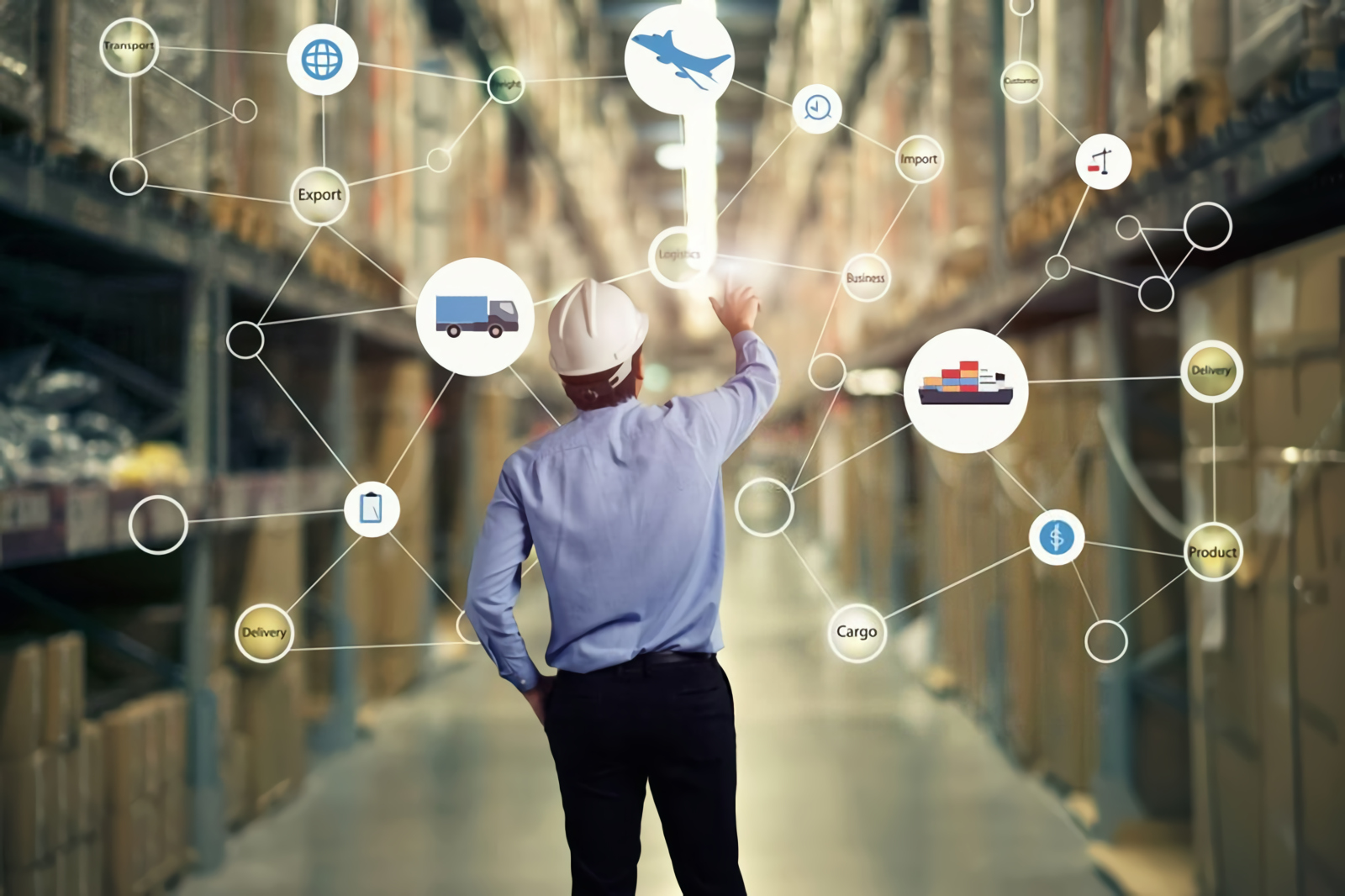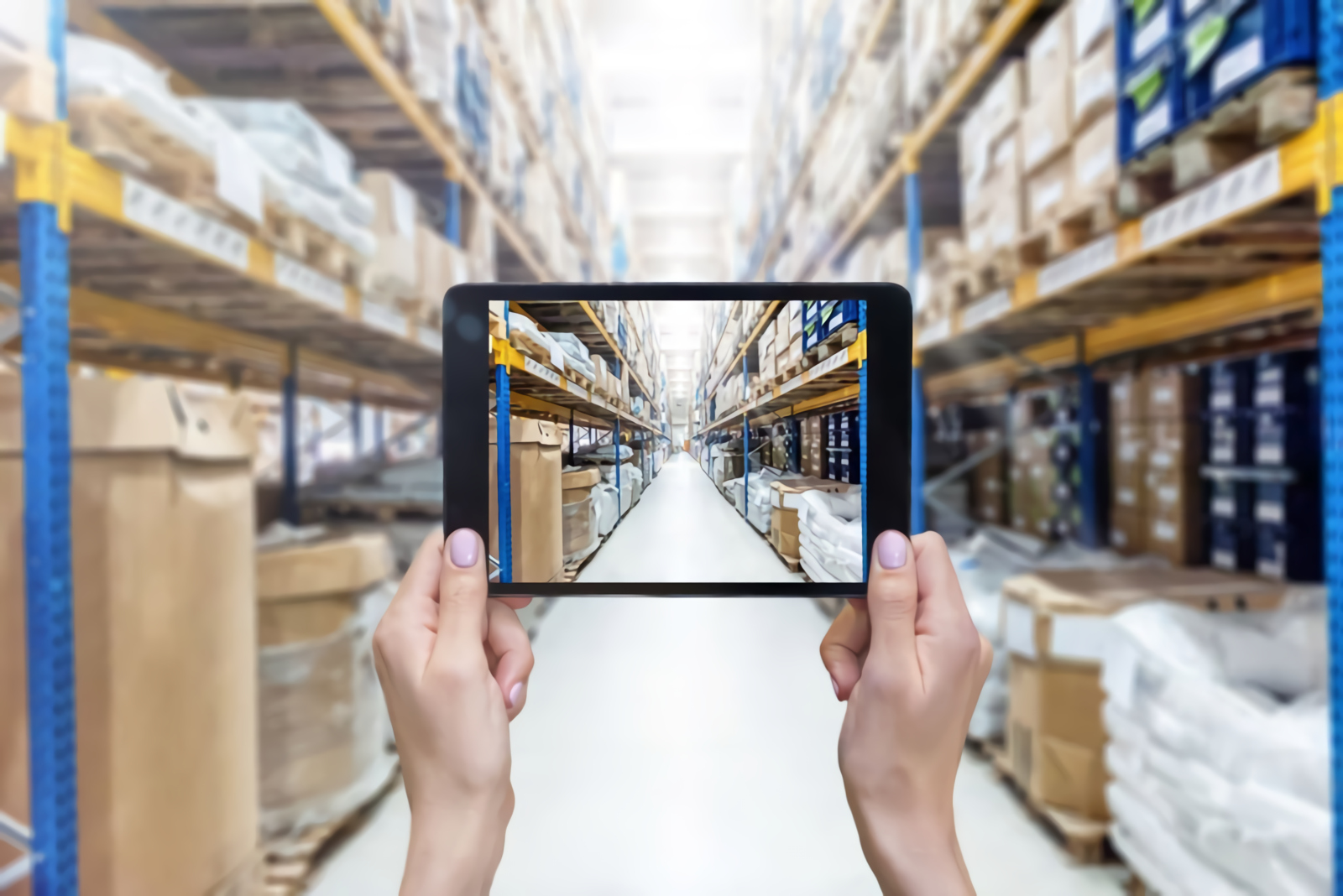The consumer goods distribution industry has established some amazing and efficient solutions for getting large quantities of diverse freight, including household items like groceries, to points of sale and to regional warehouses. In the last few years, the individual delivery of ordered products via services has grown explosively in the past decade, leaving shipping specialists working to ship in methods that deliver to customer expectations.
In particular, based on a White Paper by Stanford’s Value Chain Innovation Initiative, every delivery provider who is dealing with last-mile delivery challenges is racing toward three metrics: greater accuracy, greater speed, and lower cost. With substantial competition and technological innovation, a few options have emerged as ways that delivery providers will continue to make substantial strides in each of these metrics.
Current Improvements: Analytics and Algorithms
The robust computer and machine learning systems in place in major delivery providers at this point are already incorporating what the Stanford Initiative terms “task-courier matching.” Rather than contracting with a single last-mile delivery provider, this system evaluates the best and cheapest options available in the region where a delivery must be made in order to make use of multiple networks of delivery results.
A second innovation involves creation of dynamic routing in response to traffic information generated by mapping software. With a static route, couriers were required to follow the path given to them, in spite of slow-downs or the potential that they wouldn’t be able to complete all planned deliveries. However, with a dynamic routing system, the route can change substantially to avoid areas of high traffic and deliver as many parcels as possible while monitoring for lower traffic times.


At the same time, companies seeking to save money on last-mile delivery shipping are offering many customers the option of in-store pick-up, which involves using their network to ensure that the exact product needed by the customer will be available and stocked at the pick-up counter for when they arrive. By having the customer essentially handle the “last mile,” the customer receives the product faster and saves a substantial amount of delivery costs. On the supply side, the merchant saves shipping dollars and increases their overall speed and accuracy by using data-driven shipping to ensure they receive all the products they need for their in-store sales, as well as any customized orders for in-store pickup.
Near-Term Change: Drones and Robots
While drones have been tested since 2005 for their applicability, it seems that in the next months and years they will finally see more widespread use as last-mile delivery options. Drones cost less to operate, can move faster than road-bound trucks, and can access rural areas with a single shipment rather than taking an entire routes’ worth of deliveries out and back. Algorithms can drive a filter that decides which drone deliveries make financial sense for delivery providers.
There are still many issues with drones as widespread last-mile delivery options. The insurance costs associated with drone delivery are high at this point due to the potential for damage to the drone due to environmental factors and also due to the potential for drones to harm human beings in their vicinity. Drones also suffer some inaccurate GPS readings, which must be very precise to have a high rate of successful drop-off. Even the best drones right now also have a limited shipping capacity and limited battery life, requiring many trips back to a central hub.
Robots, specifically slow-moving robots that can operate on sidewalks and thus avoid main roads, have been deployed with limited success as last-mile delivery solutions. The development of these systems began in 2013, beginning the technology for remote operation of vehicles and autonomous robotic navigation, and only just now are they moving from testing to commercial delivery.
The robots offer the advantage of higher capacity than drones, quick delivery times, and no carbon emissions due to recharging stations at their central hub. The main delivery radius of these robots would be low-traffic, affluent areas where a single robot could service on-demand delivery to a radius around itself, perhaps all areas reachable in 30 minutes at the robot’s speed. The deliveries could be queued using a mobile application, and could include items like groceries which are cumbersome to purchase and transport on foot.
While robots provide a cost-effective solution that helps on all metrics – speed, accuracy, and price – they have limited scope and applicability, given that they aim to work within specific locations like college campuses, where many people walk or bike and thus would value having groceries delivered by robot.
Long-Term Sea Change: Driverless Vehicles
The same last-mile delivery solutions being used in low-obstacle environments for delivery robots are being developed for the road as driverless vehicles. These vehicles face substantially more challenges, given that current driving behaviors involve extremely complex decision making processes. Even a highly skilled driverless vehicle at this point is very slow and causes accidents with alarming frequency. These challenges are being met, however, by major delivery providers in conjunction with car manufacturers and enterprising start-up businesses, all of whom believe that getting a robust driverless vehicle to market will result in a huge change in the way transportation of both goods and human beings happens.
Driverless vehicles, when used for delivery, will provide many advantages associated with no longer having a human driver: they can operate for longer without breaks, will hopefully be involved in fewer crashes, and without human fatigue. One limitation, at least with current designs, is that recipients will need to be present to unlock their own deliveries from the compartment in the driverless vehicle, which is also a component of robot delivery. The cost of driverless vehicles, as well as their ability to deliver consistently and without accidents, are likely to be prohibitive for 5 or more years still.
With new challenges and competition in last-mile delivery, there have come many potential solutions. The choices facing delivery providers are less connected to which method to choose, but rather how to deploy a variety of methods in such a way as to best serve their business and end-user customers most effectively.
About Ivy
We continue to push the industry forward and make those innovations for our customers. When it comes to route to market and distribution, our product roadmap is always ambitious. If you are faced with exploring the impact of any of the technologies mentioned in this article, and want to bounce some ideas around with one of our solution consultants, we would like to hear from you.